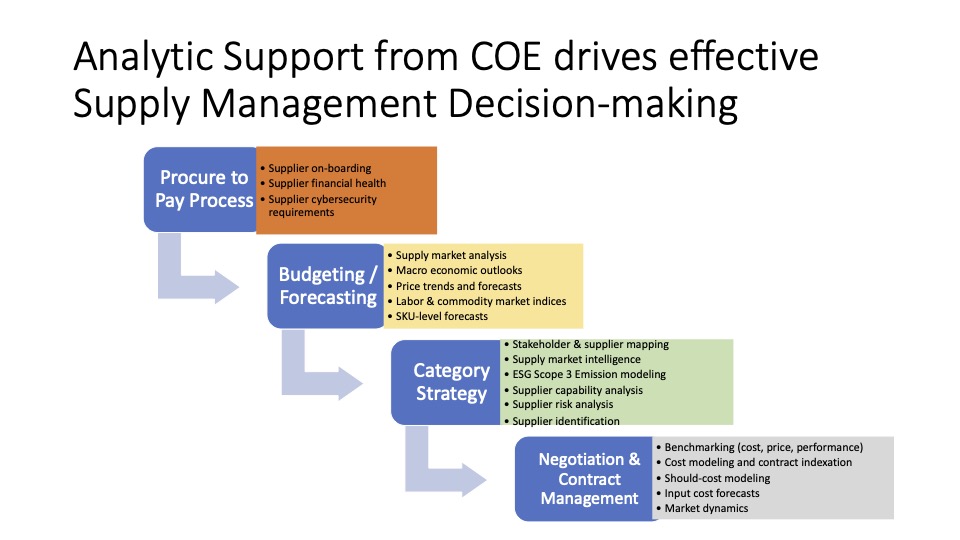IT-Enabled Change
The following is based on Dr. Bozarth’s research on “ERP Implementation Efforts at Three Firms: Applying lessons from the SISP and IT-enabled change literature” which is scheduled to appear in the International Journal of Operations and Production Management.
IT-enabled change deals with ways in which companies can ensure the successful implementation of specific IT solutions. The following presents a prescriptive framework, first put forth by Benjamin and Levinson (1) in 1993, that consists of eight principles for managing complex IT-enabled change:
- Develop a systematic process for change.
- Manage equilibrium & mutual adaptation of organization, technology, and business process.
- Determine whether there is enough energy for change.
- Analyze the size of the change effort.
- Analyze and manage stakeholder commitment.
- Major change requires a champion.
- Prototype organizational response.
- Build change reviews into management process.
1. Develop a systematic process for change.
The first principle involves developing a vision of the final outcomes of the effort, and putting in place the resources and managerial processes needed to progress toward this vision. This principle is consistent with the SISP and OM-based ERP works cited earlier.
2. Manage equilibrium & mutual adaptation of organization, technology, and business process.
This principle argues that significant new technologies often require adjustments within the organizational structures and day-to-day business processes. For example, a new centralized purchasing system (technology) may dramatically increase the power and responsibility of corporate buyers (organization), as well as force local users to give up their legacy systems (business processes).
This notion of mutual adaptation between technology, organization, and business processes also is consistent with observations in the operations management-based ERP literature. According to Somers and Nelson, ERP implementations often require companies to adapt their organization to the package through reengineering extensive business process. Jacobs and Bendoly suggest that the design of the system architecture should be based on an understanding of the actual processes used by the organization and should allow for the eased introduction of future processes that the organization believes may offer competitive value.
3. Determine whether there is enough energy for change.
The third principle is based on the idea that significant changes, such as a new ERP system, draw from an organization’s limited energy.
4. Analyze the size of the change effort.
Where personal or group requirements are incongruent (or perceived as incongruent) with change, the energy for the process is sapped. Energy can be restored by training, communications, finding new role models, and the like. All of these require a commitment of resources. Interestingly, despite the intuitive nature of this principle and its obvious importance to ERP implementation efforts, we are aware of no works in the operations management-based ERP literature that examine an organization’s energy for change.
5. Analyze and manage stakeholder commitment.
In contrast to the traditional “rational-empirical” approach which assumes that people are rational and will accept change once its clearly explained to them, current thought holds that people will show varying levels of commitment based on such factors as job experience, job level, and degree of involvement with the change effort. Firms must be aware of these differences and manage stakeholder commitment accordingly.
6. Major change requires a champion.
Benjamin & Levinson also emphasize the need for a high-level champion to line up funding and other key resources, communicate with senior management, and influence critical stakeholder groups.
7. Prototype organizational response.
The seventh principle is that firms should prototype the organizational response to uncover hidden sources of resistance to change. Some of the techniques to do this include process modeling or mapping to analyze in detail the flows of information and decisions, and organizational prototyping, which seeks to understand how organizational roles will change as a result of the new.
8. Build change reviews into management process.
IT-enabled change calls for a formal process led by top management, except that now the focus is on actual implementation and its resultant impacts on 1) the organization’s energy for change, 2) stakeholder commitment and 3) the equilibrium between the organization, specific technology, and the business processes.
Reference:
(1) Benjamin, R.I. and Levinson, E. (1993) “A framework for managing IT-enabled change,” Sloan Management Review, Vol 34 No 4, pp. 23-33.
- Categories:


